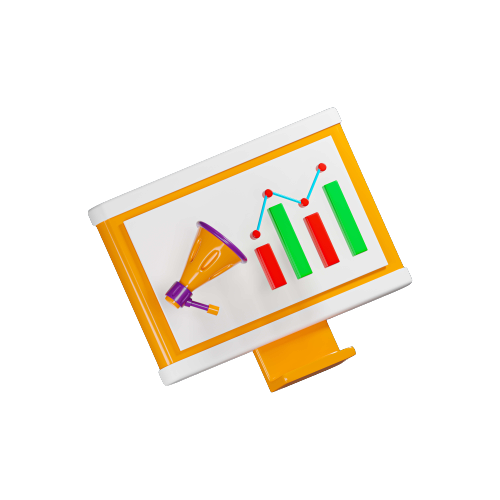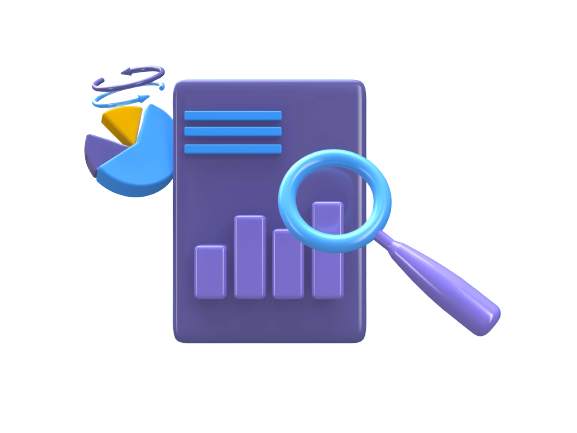Correlations


In trading, a correlation map is a graphical representation that displays the statistical correlation between pairs of financial instruments, such as stocks, currencies, or commodities. Correlation measures the degree to which two or more financial instruments move in relation to each other, indicating the strength and direction of their relationship.
A correlation map typically uses a matrix or grid format, with rows and columns representing different financial instruments, and the cells within the matrix indicating the correlation values between pairs of instruments. The correlation values are typically represented using color-coded cells, where different colors or shades indicate different levels of correlation strength, such as positive or negative correlations, and the intensity of the color indicates the degree of correlation.
Correlation maps are commonly used in trading for portfolio analysis, risk management, and diversification strategies. Here are some common uses of correlation maps in trading:
- Portfolio analysis: Correlation maps can help traders and investors assess the diversification of their portfolio by analyzing the correlation between different financial instruments. If two instruments have a high positive correlation, it indicates they tend to move in the same direction, and therefore may not provide effective diversification. Conversely, if two instruments have a high negative correlation, it indicates they tend to move in opposite directions, and may provide effective diversification. A correlation map can help traders identify instruments that are highly correlated and make informed decisions about portfolio allocation.
- Risk management: Correlation maps can be used to assess the potential risk of a portfolio by identifying instruments that have high positive correlations. If multiple instruments in a portfolio have high positive correlations, it may indicate that the portfolio is more exposed to systemic risk, as a downturn in one instrument may likely impact other instruments in the portfolio as well. A correlation map can help traders identify such correlations and manage their risk accordingly.
- Trading strategies: Correlation maps can be used to identify potential trading opportunities by analyzing the correlation between different financial instruments. For example, if two instruments have a historically high positive correlation and one of them experiences a significant price move, it may indicate a potential trading opportunity in the other instrument. Traders can use correlation maps as a tool to identify instruments that have strong correlations and incorporate them into their trading strategies.
It’s important to note that correlation is a statistical measure based on historical data, and correlations can change over time due to various factors, such as market conditions, economic events, or shifts in investor sentiment. Traders should use correlation maps as a tool to aid their decision-making process, along with other forms of analysis, and consider other factors such as fundamentals, technicals, and their own trading strategy.
How are forex correlations calculated?
Forex correlations are calculated using statistical methods, most commonly through correlation coefficients. The correlation coefficient ranges from -1 to +1. A value of +1 indicates a perfect positive correlation, -1 indicates a perfect negative correlation, and 0 indicates no correlation. Correlation coefficients are calculated based on historical price data, comparing the price movements of different currency pairs over a specific time period.


Can forex correlations change over time?
Yes, forex correlations can change over time. Correlations are based on historical price data, and as market conditions, economic factors, and investor sentiment evolve, correlations between currency pairs may shift. It is essential to regularly monitor and update correlations to ensure the information used for decision-making is relevant and up to date.

Are forex correlations always reliable?
Forex correlations provide useful insights, but they are not infallible. Correlations are based on historical data and statistical calculations, and they may not always accurately predict future price movements. Other factors, such as fundamental analysis, geopolitical events, and economic data, can influence currency pair movements independently of correlations. It is important to use forex correlations as one tool among others in your analysis and decision-making process.
